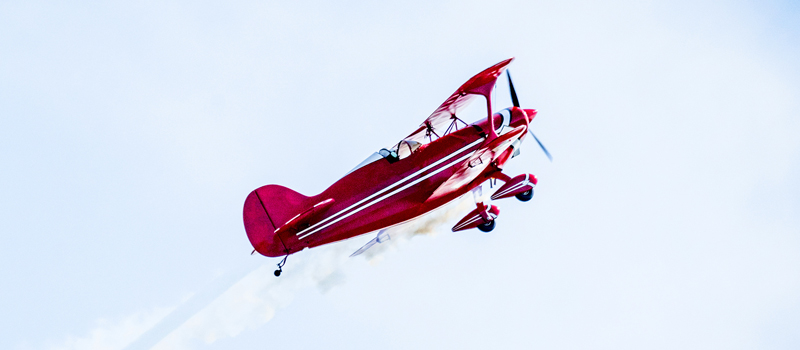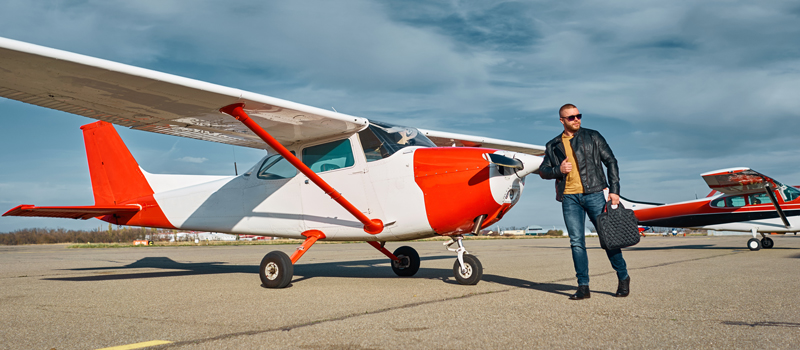Perhaps at some time you have been looking up at the sky, and seen a small aircraft performing maneuvers that you would not have believed possible. It might do loops and rolls, or dive down sharply and then suddenly pull up into a steep climb. What is going on, you might wonder. Well, you have no probably just seen an example of acrobatic flying.
Aerobatics – a contraction of aerial-acrobatics – is the practice of flying maneuvers involving aircraft attitudes that are not used in normal flight. Aerobatics are performed in airplanes and gliders for training, recreation, entertainment, and sport.
Those who fly aerobatics usually claim that it is tremendous fun. But not everyone likes it. I tried aerobatics a couple of times, but I got violently airsick – though I was told that if I did it enough I would get over this. I don’t know if that was true or not, but it could be.
So what should you do if the idea of aerobatic flying attracts you? How can you get started, and what will be involved if you decide to take it up? When did aerobatic flying start? And what is the point of it anyway? We will now take a look at the answers to these and similar questions.
The History of Aerobatic Flying
Aerobatic flying has been around for a very long time, almost since the dawn of aviation. In the early days of flying pilots often used their aircraft to entertain onlookers, and dramatic maneuvers were flown to amaze and delight an audience. In the 1920s, stunt pilots performed aerial tricks designed to attract and impress people. This was known as barnstorming, and sometimes they flew together in groups, known as flying circuses. This became very popular, and was primarily a way of introducing aviation to the public.
In due course some of these maneuvers were found to allow aircraft to gain a tactical advantage during aerial combat. This aerobatic flying became a part of aviation in wartime, and many aerobatic maneuvers were developed in military conflict.
Aerobatic Aircraft
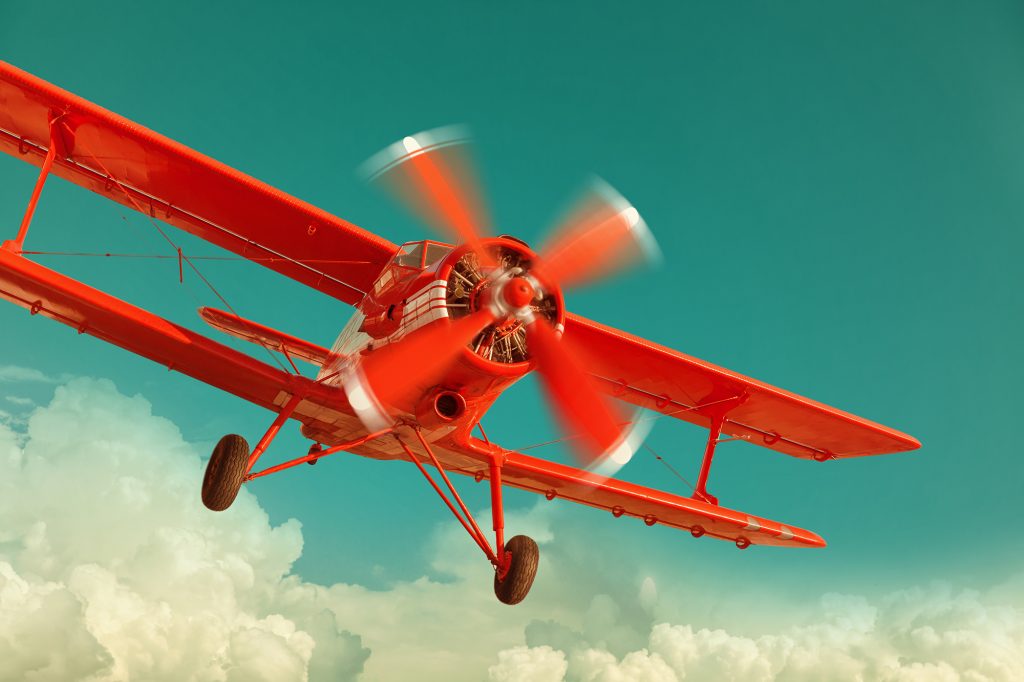
So can you just take any aircraft and use it for aerobatic flying? No, not really. Some light aircraft are simply not capable of doing aerobatic maneuvers, and they are not really safe. Others, such as the Cessna 152 Aerobat, are described as ‘aerobatic capable’, which means they are equipped to carry passengers and fly conventionally, but can also do basic aerobatic maneuvers safely.
However, if you really want to do aerobatics, you are better off using a ‘specialist aerobatic’ aircraft, such as the Pitts Special. These are capable of good aerobatic performance, and are often used in competition and similar activities. But this ability comes at the expense of general purpose use such as touring in comfort, or ease of normal handling maneuvers such as landing.
What is the Point of Aerobatic Flying?
These days, aerobatic flying is usually just done for entertainment, sport, and general fun. Some pilots are never happier than when they are flying upside-down or doing loops and rolls. I have a pilot friend who performs one or two aerobatic maneuvers on every flight, even if he is touring; he just likes it. Aerobatics seems to really grab some pilots in that way.
However, aerobatics is also useful training for any pilot, and aerobatic maneuvers are taught to military pilots as a means of developing flying skills. It really is a good way of developing your skills and finding out about the limits of your aircraft. It could be an excellent thing for any PPL to try, and it might make a welcome change from simply flying straight and level and visiting yet another airfield.
It is also possible to take part in aerobatic competitions. And there are also many aerobatic displays, with a number of countries having display teams, both fixed wing and helicopter. So aerobatic flying does have its uses.
Can You Take an Aerobatics Introductory Flight?
So what should you do if you fancy giving aerobatics a try? Is there such a thing as an aerobatics introductory flight?
There are a number of flying schools which specialize in aerobatics. Any of them would most likely be happy to give you a taster session, just to see if you think aerobatics is for you. As I said earlier, if you are prone to airsickness, then being turned upside down may not be ideal for you, but if you want to do it, you will probably get over the nausea after a fairly short time…or so I have been told! And many people come back from their first aerobatics flight absolutely exhilarated and quite determined to do more!
Aerobatic Flight Training
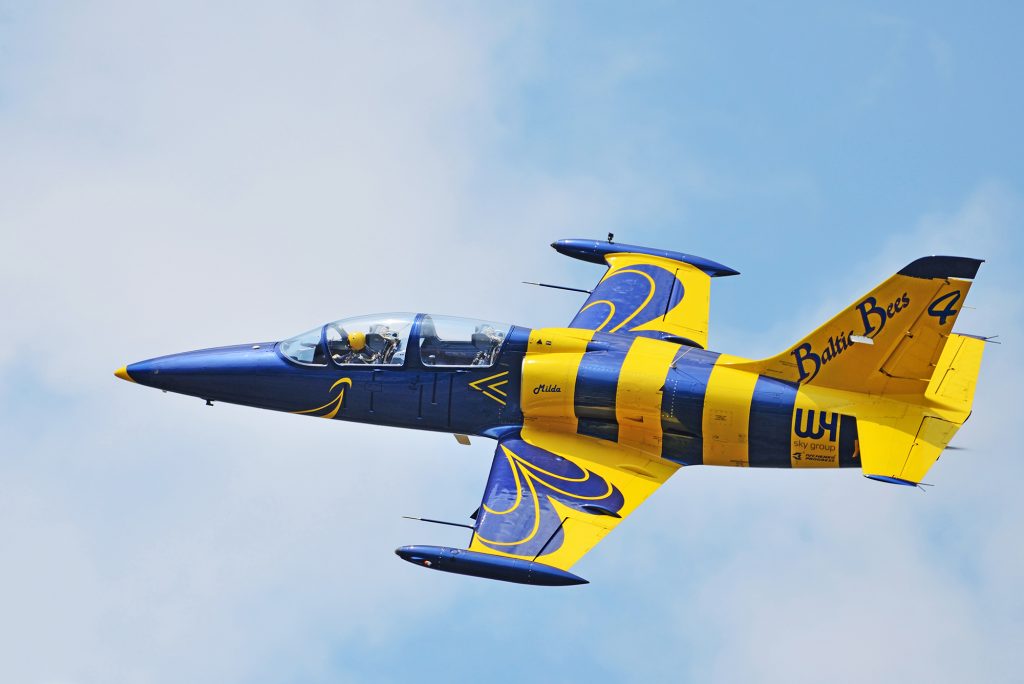
If you decide to take up aerobatics, you really do need to get some specialist training. Whatever you do, please don’t try to do any of these advanced maneuvers alone!
There are a number of flight schools which can teach you aerobatic maneuvers, either on a short introductory course for a few days or a week, or for much longer if this is something you want to take up seriously or competitively.
You can also do a very short course of a couple of hours in some places, learning such things as spin recovery and aileron rolls and loops. This could be very useful extra training for any private pilot.
Ultimately, almost anything is possible, if you shop around. But do bear in mind that aerobatic flying training is quite expensive.
Aerobatic Maneuvers
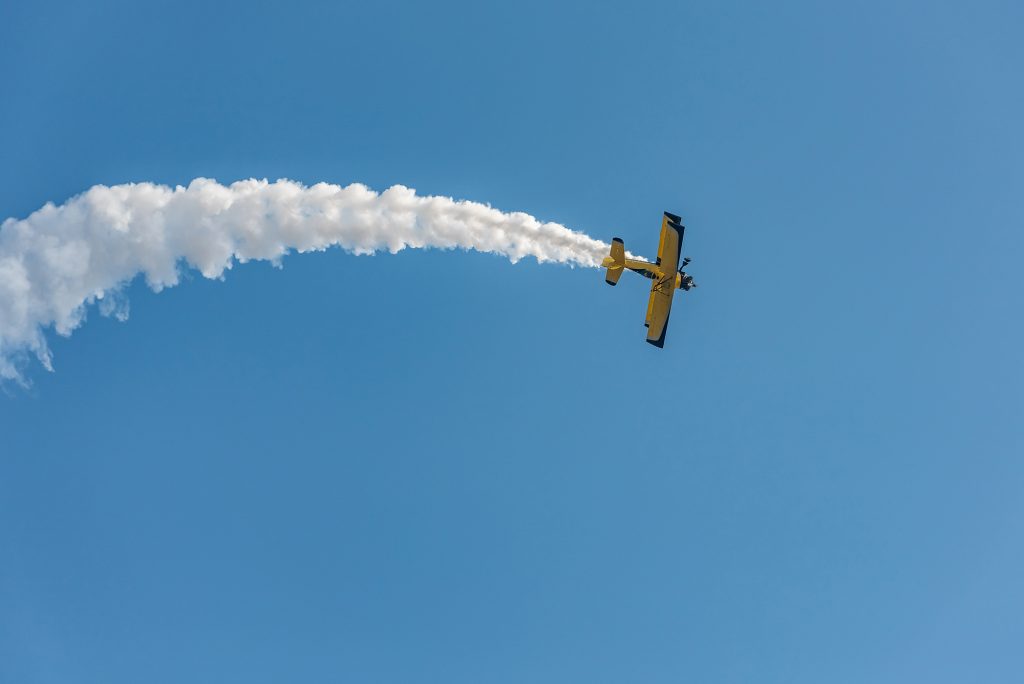
So what are the maneuvers involved in aerobatic flying? Actually, all aerobatics consists of five basic maneuvers. These are called lines, loops, rolls, spins, and hammerheads. Most aerobatic figures are combinations of these basic maneuvers, with rolls superimposed.
A loop is when the pilot pulls the plane up into the vertical, then continues around until he is heading back in the same direction. It is like making a 360 degree turn, except that it is in the vertical plane instead of the horizontal. The pilot will be inverted at the top of the loop. A loop can also be performed by rolling inverted and making the same maneuver, but diving towards the ground.
A roll is simply rotating the plane about its roll axis, using the ailerons. It can be done in increments of 360 degrees, i.e. four short 90 degree rolls will bring the aircraft back to its upright position.
A spin is more complex, and involves intentionally stalling a wing. This causes the plane to descend and spiral around its yaw axis in a corkscrew motion.
A hammerhead , also known as a stall turn, is performed by pulling the aircraft up until it is pointing straight up, then continuing until the airspeed has dropped to a certain critical point. The pilot then uses the rudder to rotate the aircraft around its yaw axis until it has turned 180 degrees and is pointing straight down, facing the direction from which it came. The aircraft gains speed, and the pilot returns to level flight, but traveling in the opposite direction from which the maneuver first began.
There are many aerobatic figures, but some of the better known ones are the chandelle, the cuban eight, and the immelman. As stated above, these are performed by using a combination of the basic aerobatic maneuvers. If you actually take up aerobatic flying, these will become familiar to you.
Competition Flying
If you become really keen on aerobatic flying, and do enough aerobatics that the above becomes clear, then you might want to try taking part in aerobatic competitions. There are a number of these at different ability levels. For ordinary competition flying, a pilot enters a competition in a category of his or her choice, which defines the level of difficulty of the aerobatic sequences to be flown. Within each category, a pilot flies one or more flight programs. Each flight receives a total score from the judges, and ranking each pilot’s combined total scores for all flight programs within each category determines that category’s winner.
These competitions finally culminate in the US National Aerobatic Championships….if you want something to really aim for!
And Finally….
If the above has whetted your appetite for this unusual form of flying, why not contact an aerobatic flying school and give it a go. At the very least it should sharpen up your flying and teach you a lot. And it may give you a whole new aviation interest.
